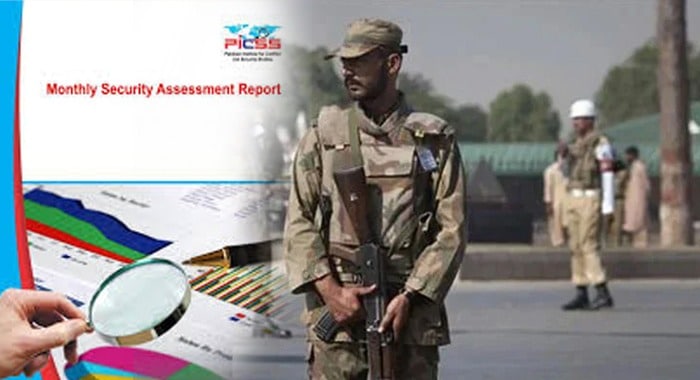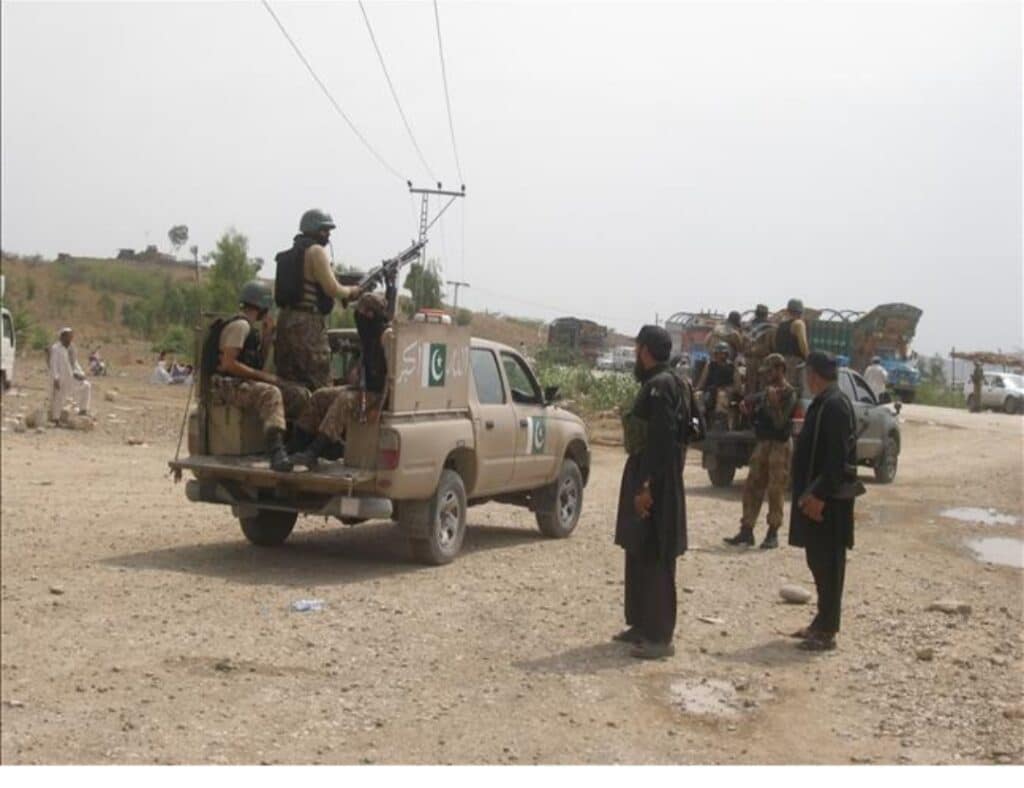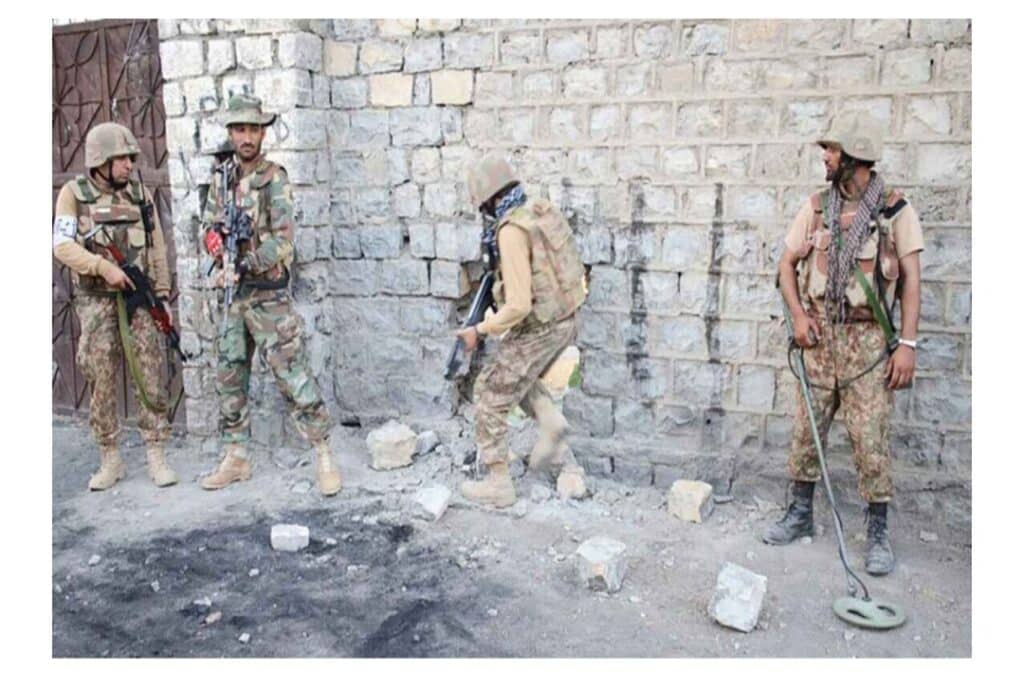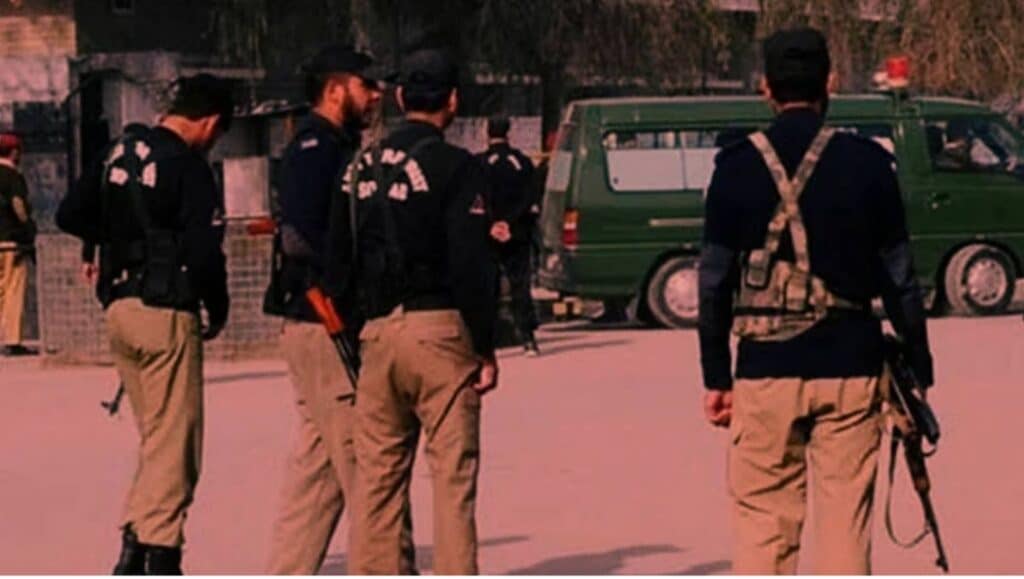Despite heightened military tensions between Pakistan and India during May 2025, Khawarij groups failed to significantly intensify their violent activities in Pakistan, according to the monthly security assessment released by the Pakistan Institute for Conflict and Security Studies (PICSS) on Sunday.
The Islamabad-based think tank reported 85 attacks during the month the same number as in April resulting in 113 deaths, including 52 security personnel, 46 civilians, 11 Khawarij, and 4 peace committee members. A total of 182 people were injured, comprising 130 civilians, 47 security personnel, 4 Khawarij, and 1 peace committee member.
While the number of attacks remained unchanged, the report noted a 5% overall rise in violent incidents, driven by a 73% surge in security personnel deaths and a 145% increase in civilian injuries. However, security personnel injuries declined by 20%, dropping from 59 in April to 47 in May.
Security forces launched several operations during the month, killing at least 59 Khawarij and arresting 52 suspects. Five security personnel embraced martyrdom, and seven others sustained injuries. Five Khawarij were also wounded during these operations.
Taken together, Khawarij attacks and security operations led to 172 fatalities in May, including 57 security personnel, 65 Khawarij, 46 civilians, and 4 peace committee members. A total of 194 individuals were wounded 130 civilians, 54 security personnel, 9 Khawarij, and 1 peace committee member. The Khawarij also abducted at least 19 people during the month.
A key finding of the report was a 78% increase in security personnel deaths compared to April, while Khawarij fatalities dropped by 68%. May was the first month since October 2024 in which Khawarij deaths fell to double digits (65), significantly lower than the 203 reported in April.
Balochistan and Khyber Pakhtunkhwa remained the most affected regions, accounting for 82 of the 85 attacks nationwide.
Balochistan witnessed the highest intensity of violence, with 35 attacks resulting in 51 deaths including 30 civilians, 18 security personnel, and 3 Khawarij. At least 100 individuals were injured: 94 civilians, 5 security personnel, and 1 Khawarij. The Khawarij also abducted 9 people in the province.
One of the most tragic incidents occurred in Khuzdar, where a suicide attack targeted an Army Public School bus. The bombing claimed the lives of 8 schoolchildren (mostly girls) and 2 staff members, leaving 35 others injured.
In the merged tribal districts of Khyber Pakhtunkhwa, 22 attacks resulted in 45 deaths, including 23 security personnel, 12 civilians, 6 Khawarij, and 4 peace committee members. Another 58 individuals were injured, among them 30 security personnel, 27 civilians, and 1 peace committee member.
In mainland Khyber Pakhtunkhwa, 25 attacks led to 14 deaths — 10 security personnel, 2 civilians, and 2 Khawarij — and 24 injuries (12 security personnel, 9 civilians, and 3 Khawarij).
In Sindh, 3 attacks resulted in the deaths of 2 civilians and 1 security official.
No attacks were reported in Punjab, Azad Jammu and Kashmir (AJK), or Gilgit-Baltistan. However, Punjab recorded the highest number of arrests, with 39 suspects detained during intelligence-based operations.
In AJK, security forces conducted a raid in Rawalakot, killing 4 suspected Khawarij reportedly linked to Tehreek-e-Taliban Pakistan (TTP).
The PICSS report underscores that, despite an environment of escalating military tension with India, Khawarij groups were unable to expand their campaign of violence in Pakistan. Security forces continued to launch targeted operations with measurable success. However, the sharp increase in casualties among security personnel and civilians — particularly in Balochistan and Khyber Pakhtunkhwa — highlights the ongoing threat posed by these groups and the urgent need for sustained counter-Khawarij efforts.





